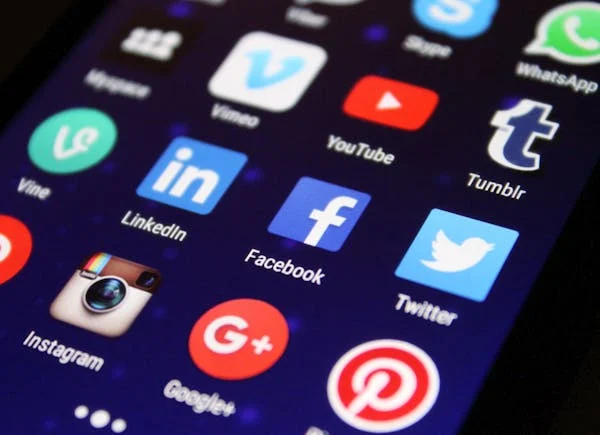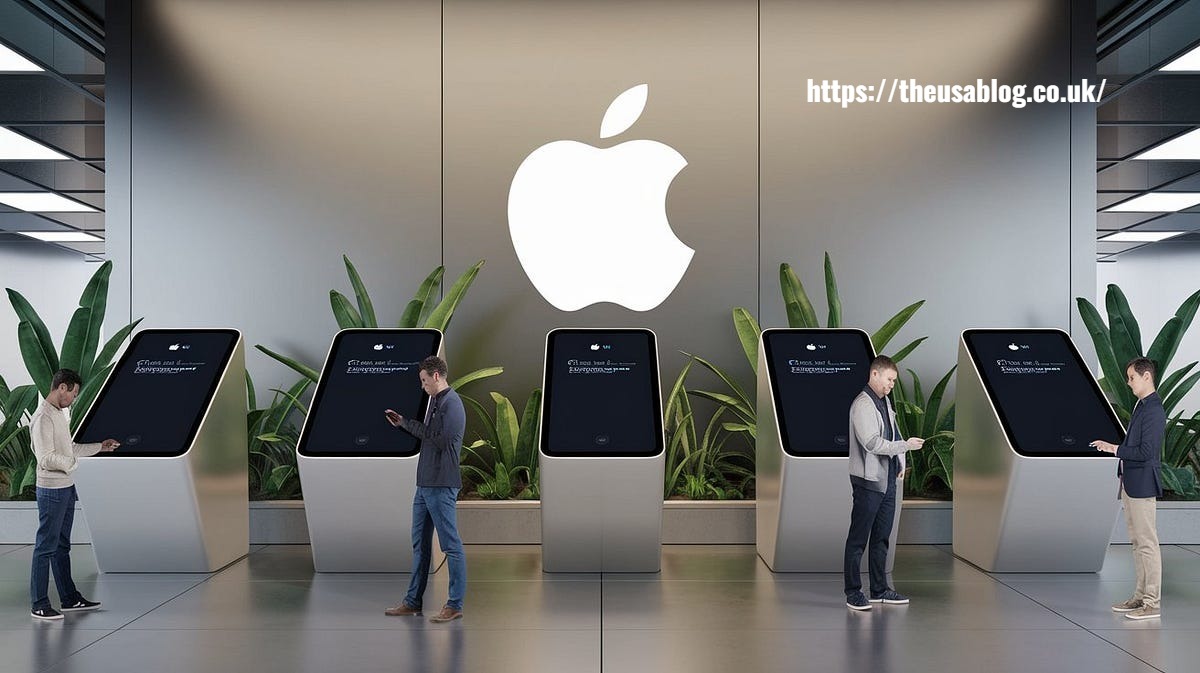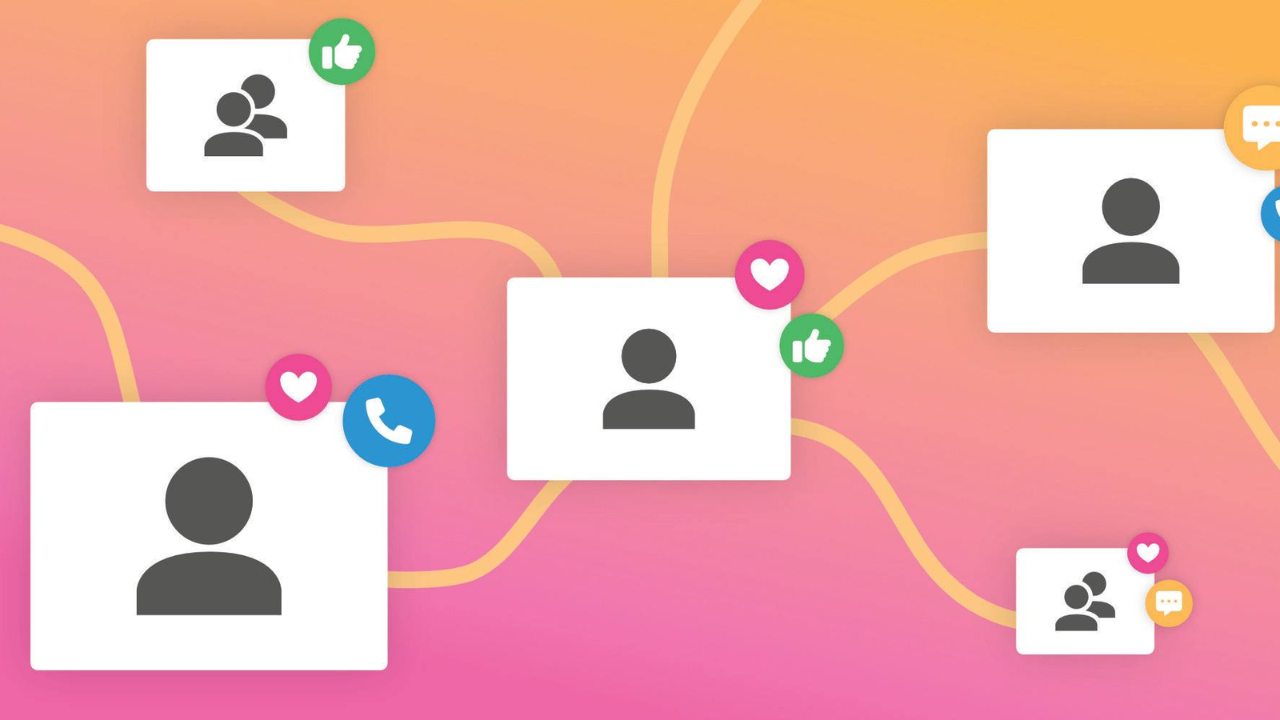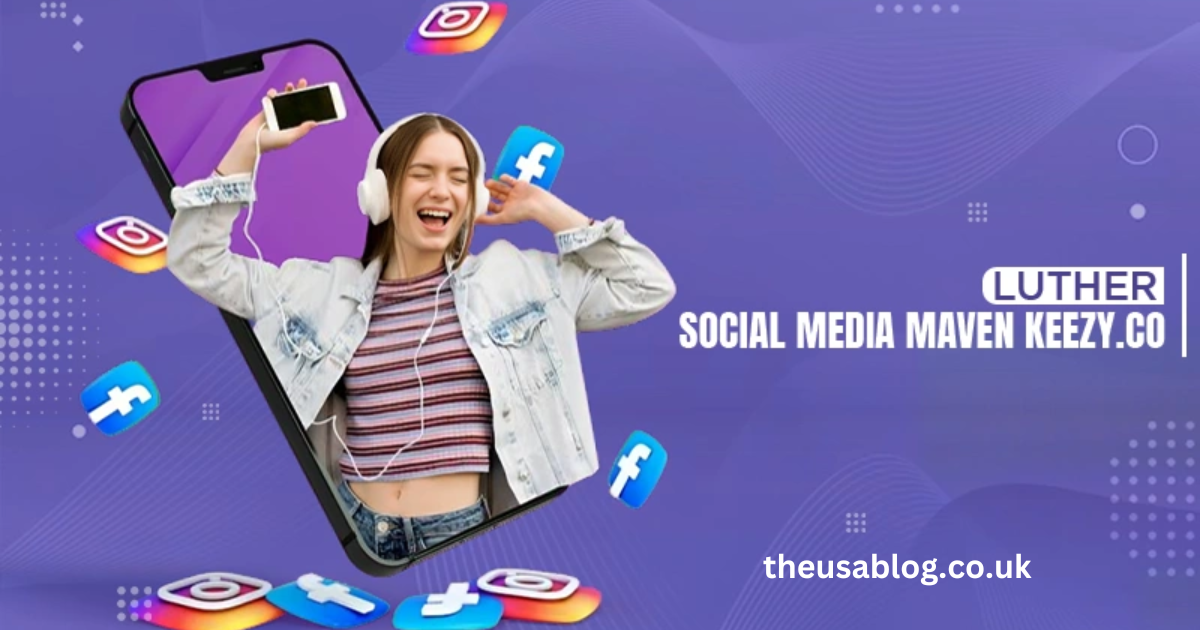In today’s digital world, social media is one of the most powerful tools available to small business owners. It offers an opportunity to reach new customers, build brand awareness, and drive sales without needing a large marketing budget. However, effectively using social media requires more than just posting occasionally. This article will guide you through how to use social media to grow your small business, including the benefits of AI marketing and free video generators to enhance your content.
Step 1: Define Your Social Media Goals
Before diving into social media, it’s essential to set clear goals. What do you want to achieve with your social media presence? Are you looking to increase brand awareness, drive more traffic to your website, or boost sales? Defining your goals will help guide your content strategy and measure your success.
For example, if your goal is to increase brand awareness, you might focus on creating shareable content that reaches a broad audience. If you’re looking to drive sales, your content might highlight special offers or showcase your products in action.
Step 2: Choose the Right Platforms
Not all social media platforms are created equal, and not every platform will be suitable for your business. It’s important to choose the platforms where your target audience spends their time. For instance, if you’re targeting young adults, Instagram and TikTok might be your best bet. If your business is more B2B-focused, LinkedIn could be more effective.
Start by researching where your audience is most active and then focus on building a strong presence on those platforms. It’s better to excel on a few platforms than to spread yourself too thin across many.
Step 3: Develop a Content Strategy
A successful social media presence requires a well-thought-out content strategy. This includes deciding what type of content you’ll post, how often you’ll post, and the tone of your messaging. Your content should align with your brand’s values and resonate with your target audience.
For small businesses, visual content often performs well. Photos, videos, and infographics can quickly capture attention and convey your message effectively. This is where a free video generator can be incredibly useful. These tools allow you to create high-quality videos without the need for expensive equipment or editing skills. You can easily make engaging product demos, customer testimonials, or promotional videos to share on your social media channels.
Step 4: Leverage AI Marketing
Artificial Intelligence (AI) marketing is a game-changer for small businesses looking to grow on social media. AI tools can help you analyze customer behavior, personalize content, and optimize your campaigns for better results. For example, AI can help you determine the best times to post, identify trending topics, and even create content tailored to your audience’s preferences.
One of the most valuable aspects of AI marketing is its ability to automate tasks. This includes scheduling posts, responding to customer inquiries, and analyzing performance metrics. By automating these tasks, you can save time and focus on other important areas of your business.
AI-powered tools can also help with ad targeting. By analyzing data on your customers’ online behavior, AI can help you create more effective ads that reach the right people at the right time. This can lead to higher engagement rates and a better return on investment for your ad spend.
Step 5: Engage with Your Audience
Social media is not just about broadcasting your message; it’s also about building relationships with your audience. Engaging with your followers is crucial for creating a loyal customer base. This includes responding to comments, answering questions, and acknowledging feedback—whether positive or negative.
Regular engagement helps humanize your brand and build trust with your audience. People are more likely to do business with a brand they feel connected to. Additionally, social media platforms often reward active engagement by boosting your content’s visibility, making it more likely to be seen by a broader audience.
Step 6: Use Hashtags Wisely
Hashtags are a powerful tool for increasing the visibility of your content. By using relevant hashtags, you can reach a broader audience beyond your immediate followers. However, it’s essential to use hashtags wisely. Overloading your posts with too many hashtags can come across as spammy, while using irrelevant hashtags can attract the wrong audience.
Research popular hashtags in your industry and consider creating a branded hashtag unique to your business. This can encourage your followers to share their experiences with your brand, further expanding your reach.
Step 7: Monitor and Analyze Your Performance
To grow your small business using social media, it’s crucial to regularly monitor and analyze your performance. Most social media platforms offer analytics tools that provide insights into how your content is performing. This includes data on engagement rates, follower growth, and which types of content resonate most with your audience.
By analyzing this data, you can make informed decisions about your social media strategy. For example, if you notice that videos created with a free video generator are getting more engagement than other types of posts, you might decide to create more video content.
AI marketing tools can also assist in analyzing your performance by providing deeper insights and recommendations for improvement. These tools can identify patterns in your data and suggest adjustments to your content strategy, helping you optimize your efforts for better results.
Step 8: Collaborate with Influencers
Influencer marketing can be an effective way to grow your small business on social media. Influencers have established audiences that trust their recommendations, making them valuable partners in promoting your products or services. Using tools like an AI video app, you can create engaging content for these collaborations, making your promotions even more impactful. When choosing influencers to collaborate with, it’s essential to find those whose audience aligns with your target market.
You don’t need to work with big-name influencers to see results. Micro-influencers, who have smaller but highly engaged followings, can also be incredibly effective. They often have a closer connection with their audience, which can lead to more authentic and impactful promotions.
Step 9: Run Social Media Contests and Giveaways
Contests and giveaways are a fun way to increase engagement and grow your social media following. By offering a prize in exchange for likes, shares, or comments, you can quickly boost your visibility and attract new followers. Be sure to make the entry requirements simple and related to your business.
For example, you could run a contest asking followers to share a photo using your product with a specific hashtag. This not only increases engagement but also generates user-generated content that you can share on your profile.
Step 10: Stay Consistent and Adapt
Consistency is key when it comes to social media marketing. Posting regularly and maintaining a consistent brand voice will help keep your audience engaged and build trust over time. However, it’s also important to be adaptable. Social media trends change quickly, and what worked yesterday might not work tomorrow.
Keep an eye on emerging trends and be willing to experiment with new content formats, such as live videos or stories. Use your analytics and AI marketing tools to guide these experiments and make data-driven decisions about what to try next.
Conclusion
Using social media to grow your small business is an ongoing process that requires strategy, creativity, and dedication. By leveraging tools like a free video generator and incorporating AI marketing into your strategy, you can create compelling content, engage with your audience, and achieve your business goals. Remember to set clear goals, choose the right platforms, and stay consistent with your efforts. With time and persistence, social media can become a powerful driver of growth for your small business.





